Liposuction of Neck, Chin, Face
Liposuction of Thighs
Liposuction of Arms
Liposuction of Abdomen (Love Handles)
“Dr. Kopelman is an excellent surgeon! He performed my eyelid surgery and enhanced my upper lip area. The results are extraordinary and I continue to use Dr. Kopelman for all of my surgical and nonsurgical needs. There is no other Doctor that I would use.”
~ Joh Due ~
Ideal Liposuction Candidate
Liposuction Benefits
Liposuction Techniques
These chin augmentation before and after pictures represent actual patients from Dr. Kopelman. They will help you to set realistic goals for your own surgical outcome.
Although some of these liposuction technologies claim faster recovery, less bruising, and less pain, the opposite is most likely the truth. These technologies all require the tissues to be injected with wetting solution prior to treatment (tumescence), and require traditional aspiration, or suction, of fat after they are used. BodyTite does differentiate itself from the pack by offering true bipolar radiofrequency energy delivery. This means that heat energy transfer across the skin is precisely controlled, allowing for measureable improvements in skin tightness as collagen shrinks when heated. The claim of these technologies to produce lasting tightening has really never been well established. These technologies can be helpful, and we use them when treating particularly dense tissues, such as the male breast or areas that have undergone liposuction before, and therefore have an increased amount of scar tissue. Recently, a fairly new technology called BodyTite and FaceTite has been reintroduced in the United States. These devices utilize bipolar radiofrequency technology, which claims to produce tightening in a linear fashion. It does this by having he heating current move from a tiny probe placed beneath the skin, to a second probe on the skin’s surface (therefore the term bipolar). Initial experience with this technology on the face and body, as well as some published results, show that this technology may represent a step forward in our ability to tighten without long scars. Unlike many facilities that perform the liposuction procedure under general anesthesia, Dr. Kopelman performs virtually all of his liposuctions under IV sedation, also called “twilight” (anesthesia). During this type of anesthesia, the patient has an IV and Dr. Kopelman’s board certified anesthesiologist delivers sedating medications via the IV. The patient is breathing on his or her own, and is responsive to verbal input but typically has no memory of the procedure. Following the procedure, the patient feels relaxed and comfortable. This lighter technique virtually eliminates risks associated with general anesthesia, including the risk of blood clots and the risk of airway complications. Liposuction of limited areas, such as under the chin (submental liposuction), inner knees, or in some patients arms, inner thighs or lower abdomen, may be performed using only local anesthesia.In such cases, the patient would have no IV at all, and no anesthesiologist present. Instead, the patient would either rely completely on Dr. Kopelman’s injections to numb the area, or could take oral medications to provide relaxation and mild sedation for the procedure. This is, of course, all reviewed with Dr. Kopelman at the time of the individual consultation to plan the procedure in a way that is best suited for the preferences and priorities of each individual patient. Although liposuction scars are small, on many areas of the body if they are left unsutured, they will heal as circular indented marks, resembling chicken pox scars. On the other hand, if the liposuction scars are sealed shut with sutures, they will not be able to drain and patients will have more swelling and bruising from their procedure. For this reason, Dr. Kopelman generally places a single suture in each incision to allow it to heal as a fine line, while also allowing the drainage of fluid. Depending on the patient’s skin type, Dr. Kopelman may elect to use dissolvable sutures. If he chooses removable sutures, they will be removed at the first post-operative visit, approximately 1 week following the procedure. One of the aspects of liposuction that makes it extremely appealing is the fact that scars are truly very small. Depending on the area treated, the scars will range in size from 2-5 mm (a pencil eraser is about 5 mm across). Generally, these liposuction scars are hidden in inconspicuous places. For example, for outer thigh liposuction, scars can be hidden under the buttock crease, rendering them truly invisible making this arguably the best liposuction Manhattan has to offer.To learn more about some of the best liposuction NYC has to offer, please contact Dr. Kopelman and schedule a consultation.To begin the liposuction procedure, Dr. Kopelman makes small, strategically located, “poke-hole” incisions, each only a few millimeters in width. Then, he injects a liquid called tumescent solution into the areas that are going to be suctioned. This solution contains saline, a local anesthetic, and epinephrine and provides three benefits:
After instilling the tumescent solution, Dr. Kopelman performs suctions of fat cells in the targeted region with long, sterile metal tubes, or cannula. These instruments are blunt-tipped to minimize trauma to the targeted area. He inserts the cannula through the poke-hole incision and moves the cannulas back and forth underneath the skin over the treatment area. In the process, Dr. Kopelman vacuums out the targeted excess fat cells until the desired contour is achieved. The key to a great liposuction result is the experience and artistic eye of your plastic surgeon, who is also your sculptor. Dr. Kopelman creates fit, athletic contours and maximizes the amount of fat removed. This procedure is typically performed on an outpatient basis. The vast majority of liposuction procedures are completed in two hours or less, but operative time does depend on the number of targeted areas and on the extent of fat removal desired. Dr. Kopelman can perform your procedure at his accredited, in-office, state-of-the-art operatoring room in midtown Manhattan. Accredited by the American Association for Accreditation of Ambulatory Surgery Facilities, Inc. (AAAASF), this facility is certified as offering an equally high standard of care as a hospital. The privacy, discretion, and convenience of Dr. Kopelman’s private in-office operating room facility is an exclusive benefit of Kopelman Plastic Surgery that many patients appreciate.
Full recovery from this procedure usually requires about two weeks, but most patients return to work within a few days. Final results appear at approximately three months but are typically aesthetically pleasing well before. Following postoperative care instructions after this procedure is important, because the body tends to fill with fluid any empty spaces, like those created by the physical removal of fat deposits. As a result, patients will predictably experience some bruising and swelling after surgery. Dr. Kopelman may recommend that some liposuction patients wear a compression garment for a few days to a week to facilitate the healing process and prevent fluid collection. He may recommend lymphatic drainage massages as well. In rare cases involving large volume fat removal, Dr. Kopelman may place a temporary surgical drain, but this is unusual. Major swelling generally is resolved by two weeks post-op. Most patients are able to resume their normal daily routines within one week after the procedure and many return to work three to four days after surgery. Recovery varies by individual, but it is possible to undergo surgery on a Thursday or Friday and return to work on Monday. Dr. Kopelman will make customized recommendations based on the scope of your procedure and any specific goals or time constraints that you may have.
Frequently asked questions
about Liposuction
It is important to avoid anything that thins the blood for two weeks prior to surgery. Maximizing skin “fitness” prior to surgery, using an at-home regimen that usually incorporates a retinol or Retin-A, is encouraged. In certain cases, other preoperative treatments (chemical peel, Fraxel, or laser) may be recommended to enhance the postoperative results (akin to “priming the canvas”). Routine blood tests are obtained, and medical clearance is organized as necessary. At your initial consultation with Dr. Kolker in his office in NYC, facelift instructions are given, and are reviewed with you in great detail at a preoperative visit two weeks prior to surgery. Prescriptions are given at this visit, and any outstanding questions can be answered.
It is important to avoid anything that thins the blood for two weeks prior to surgery. Maximizing skin “fitness” prior to surgery, using an at-home regimen that usually incorporates a retinol or Retin-A, is encouraged. In certain cases, other preoperative treatments (chemical peel, Fraxel, or laser) may be recommended to enhance the postoperative results (akin to “priming the canvas”). Routine blood tests are obtained, and medical clearance is organized as necessary. At your initial consultation with Dr. Kolker in his office in NYC, facelift instructions are given, and are reviewed with you in great detail at a preoperative visit two weeks prior to surgery. Prescriptions are given at this visit, and any outstanding questions can be answered.
It is important to avoid anything that thins the blood for two weeks prior to surgery. Maximizing skin “fitness” prior to surgery, using an at-home regimen that usually incorporates a retinol or Retin-A, is encouraged. In certain cases, other preoperative treatments (chemical peel, Fraxel, or laser) may be recommended to enhance the postoperative results (akin to “priming the canvas”). Routine blood tests are obtained, and medical clearance is organized as necessary. Prescriptions are given at this visit, and any outstanding questions can be answered.
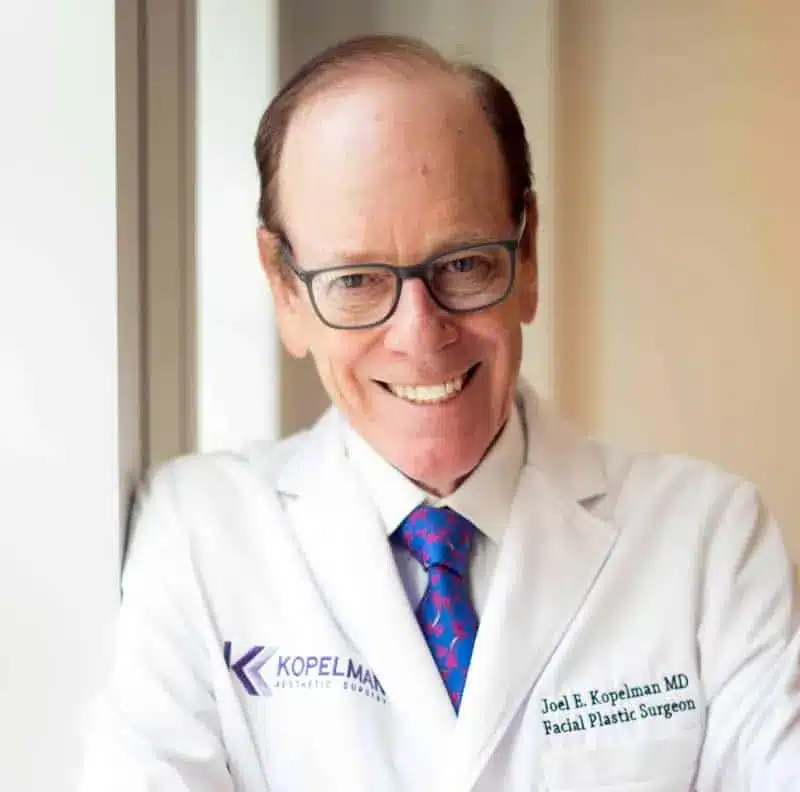
To schedule a private consultation with Dr. Kopelman, please call the office or request an appointment online.

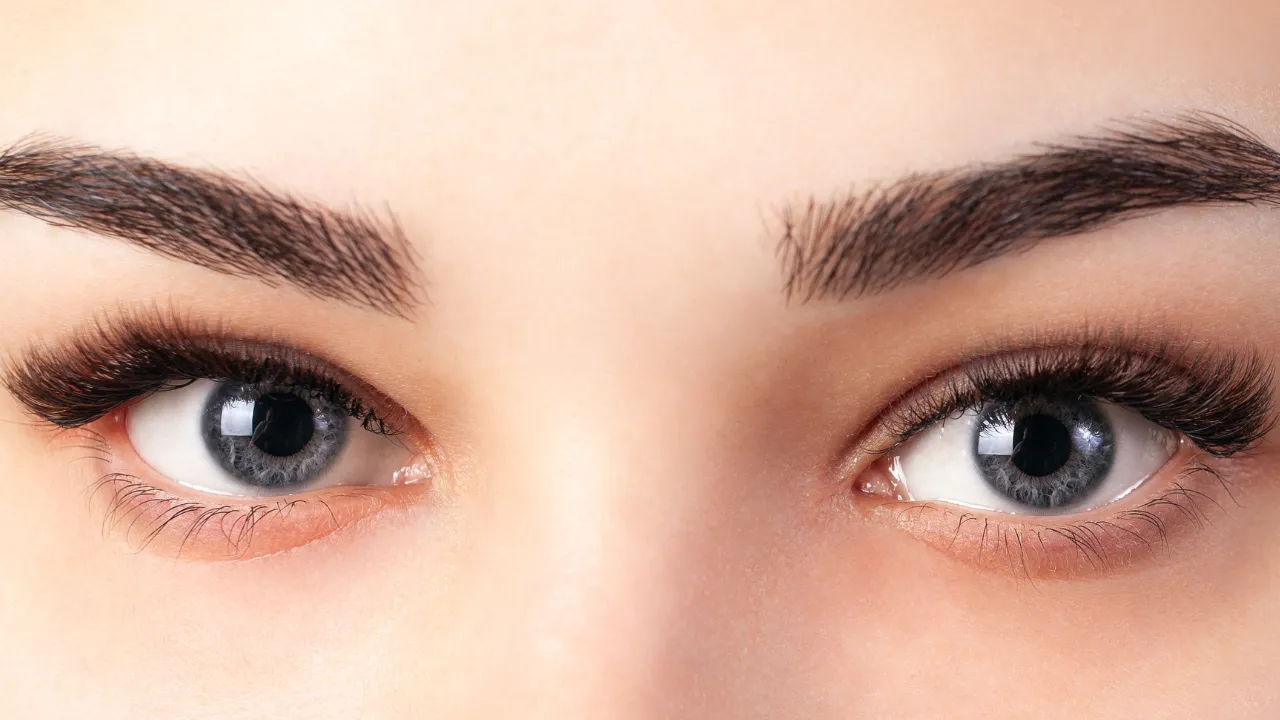

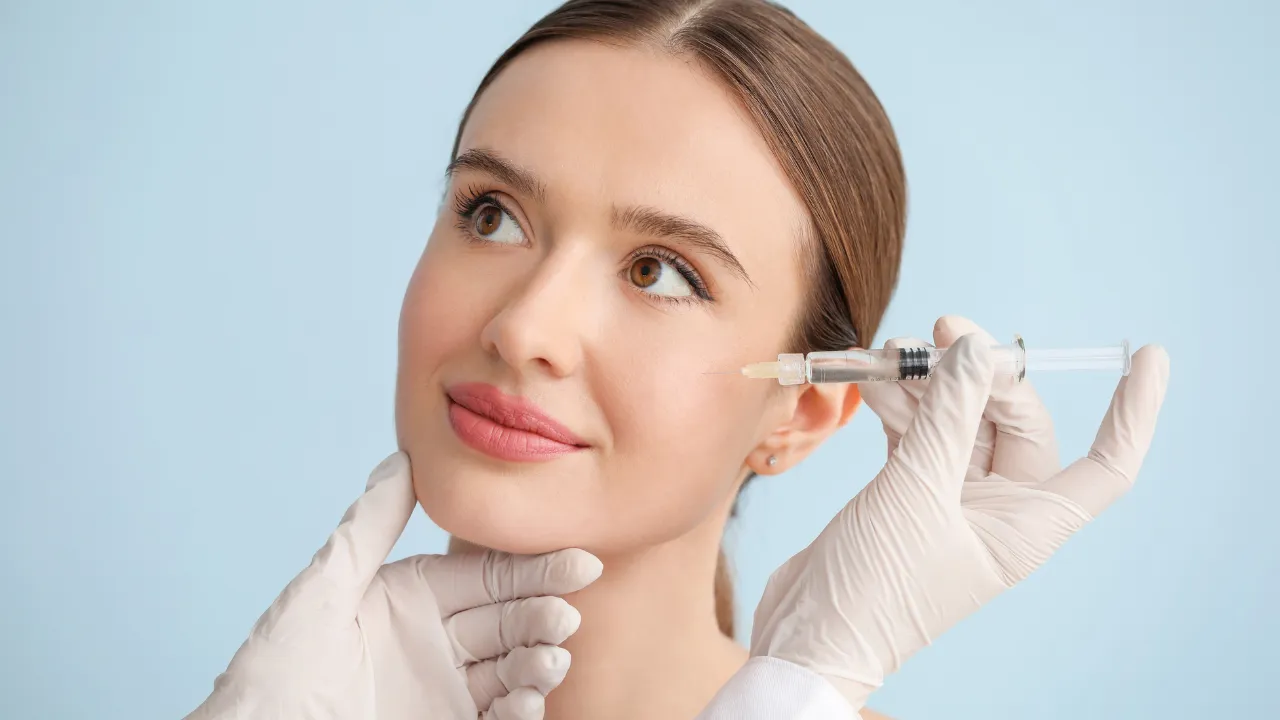
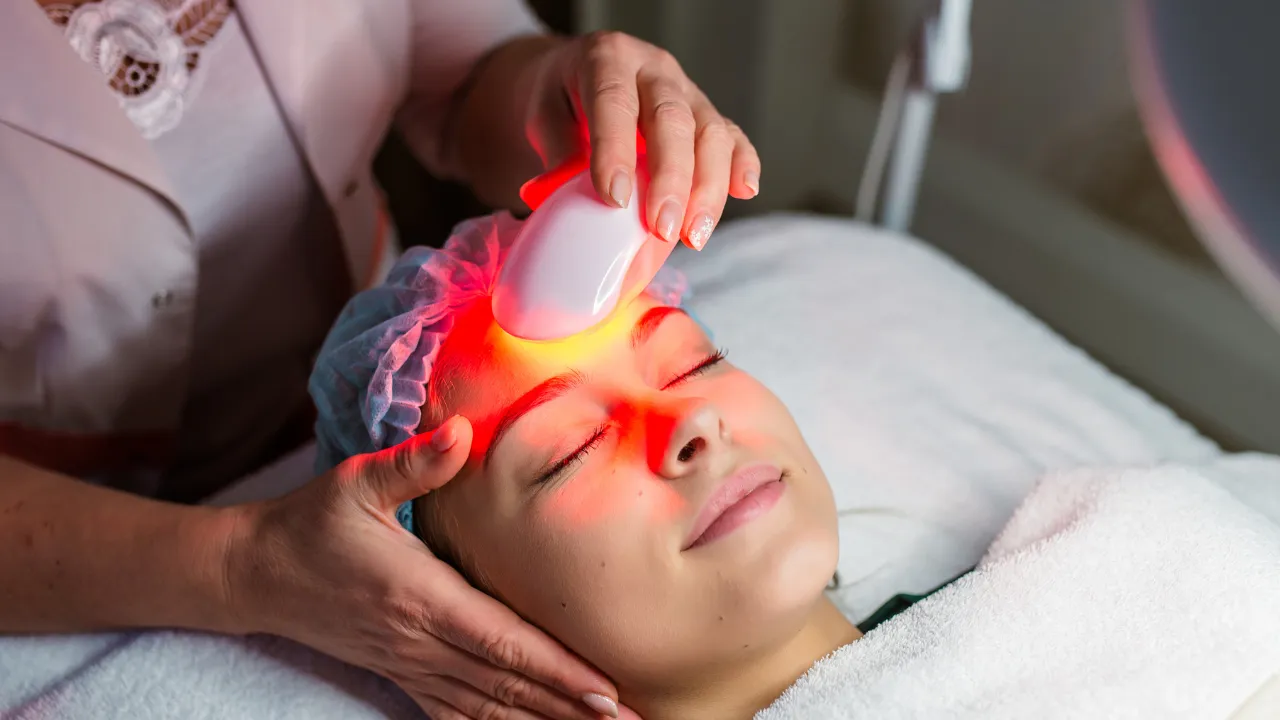


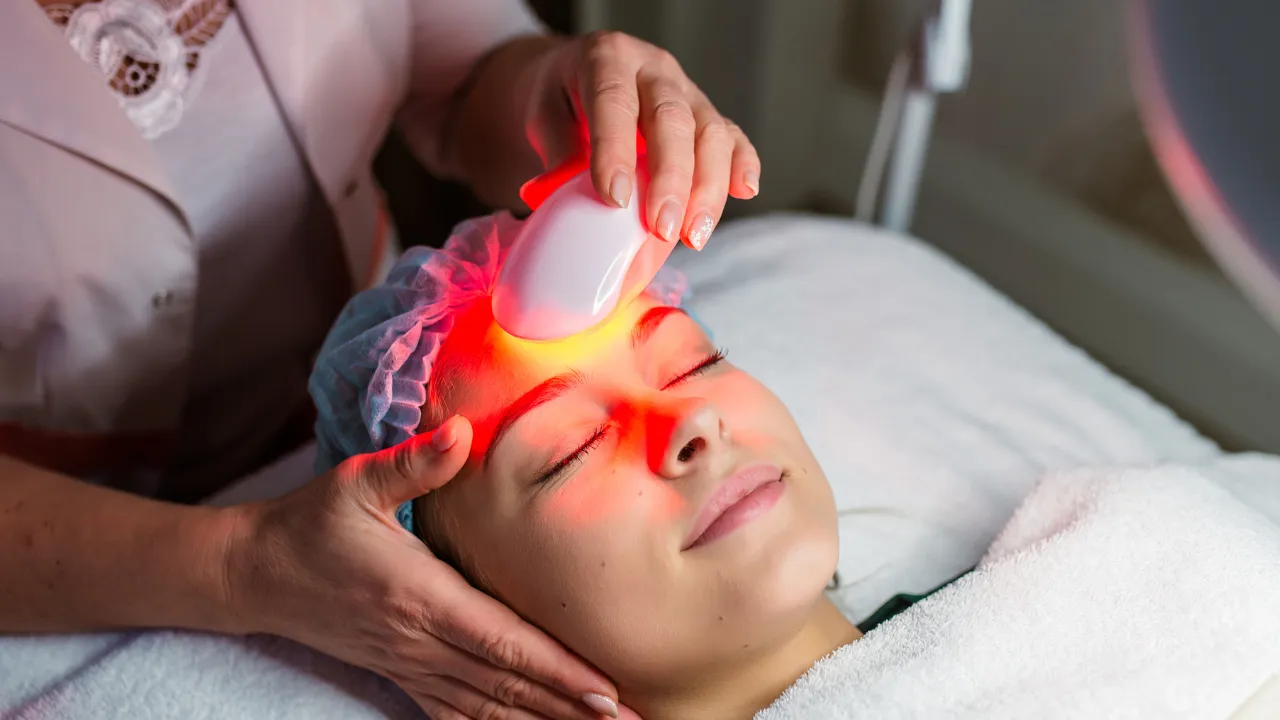



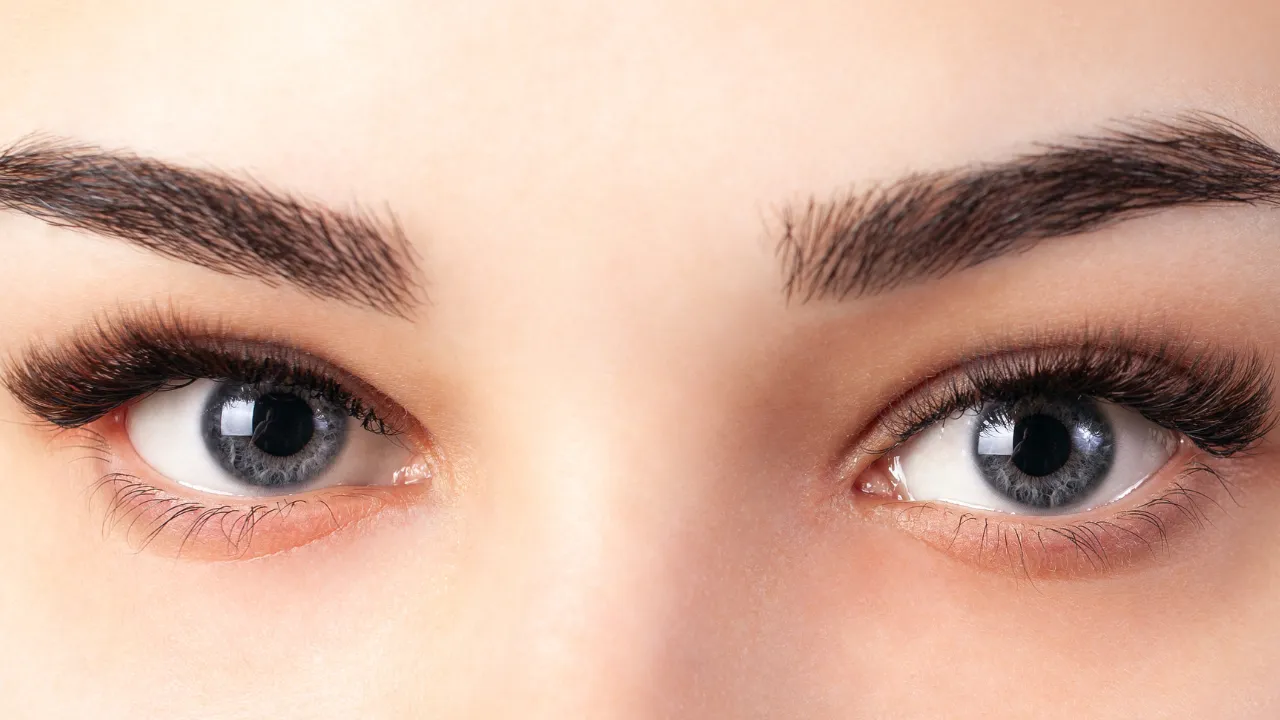



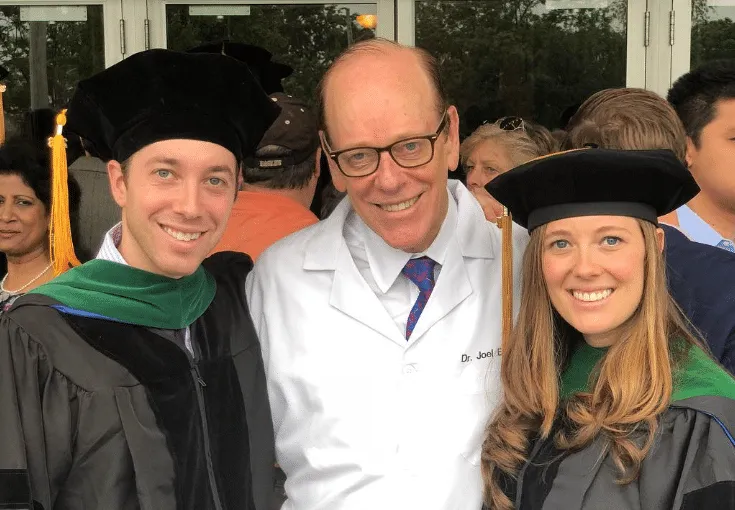

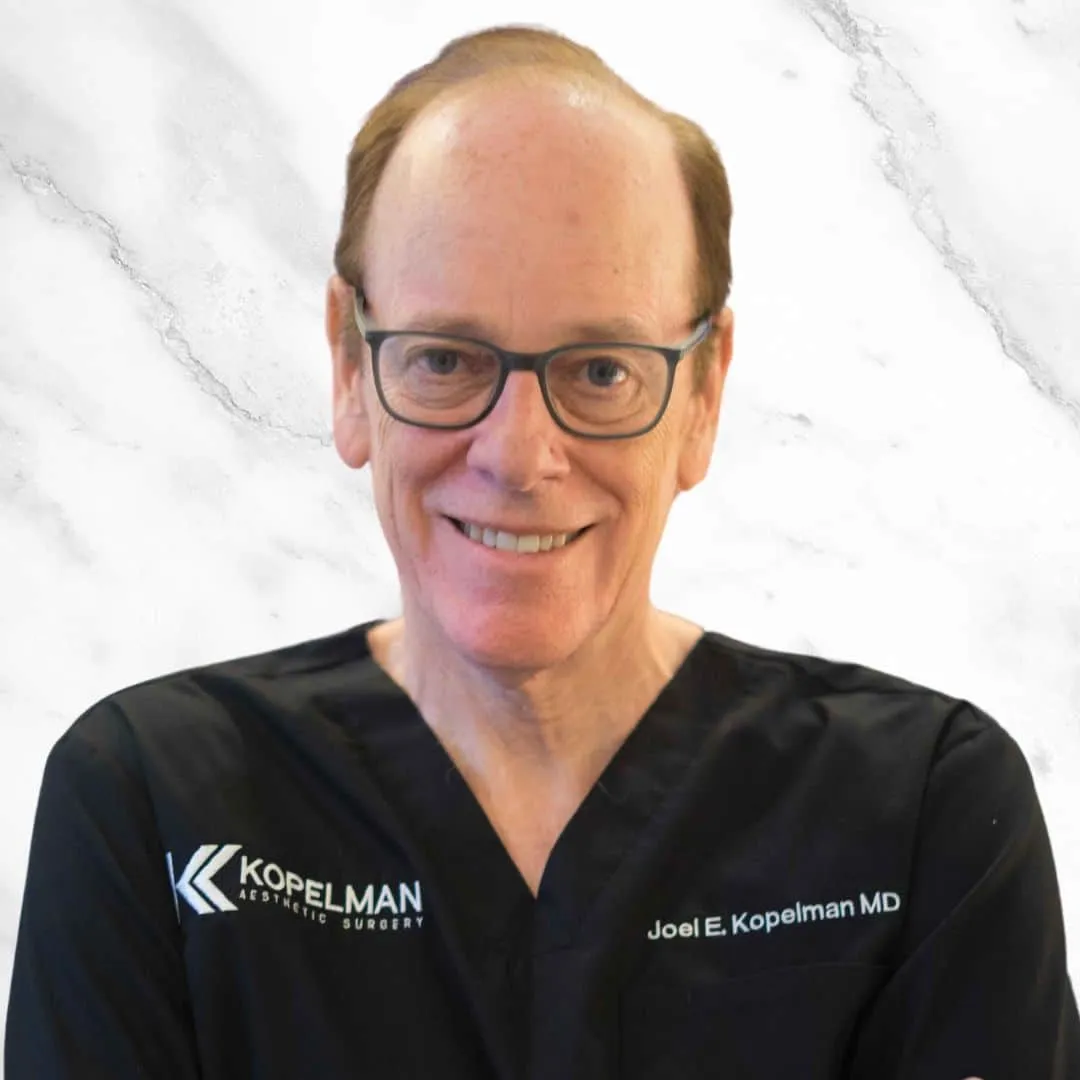




Lorem ipsum dolor sit amet, consectetur adipiscing elit. Ut elit tellus, luctus nec ullamcorper mattis, pulvinar dapibus leo.